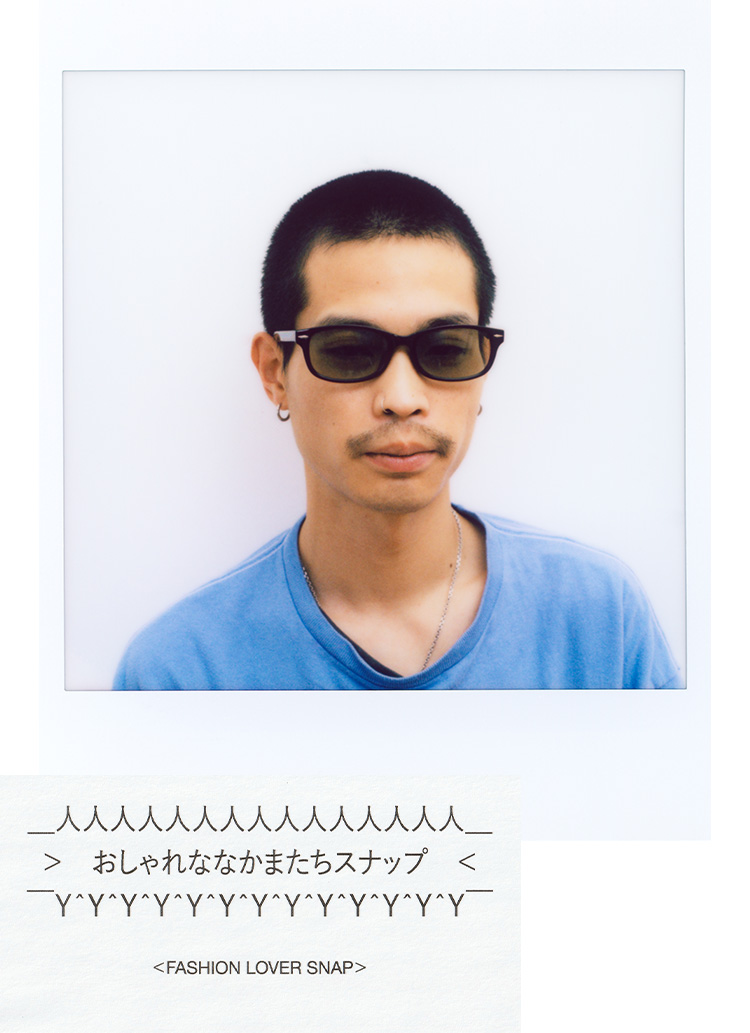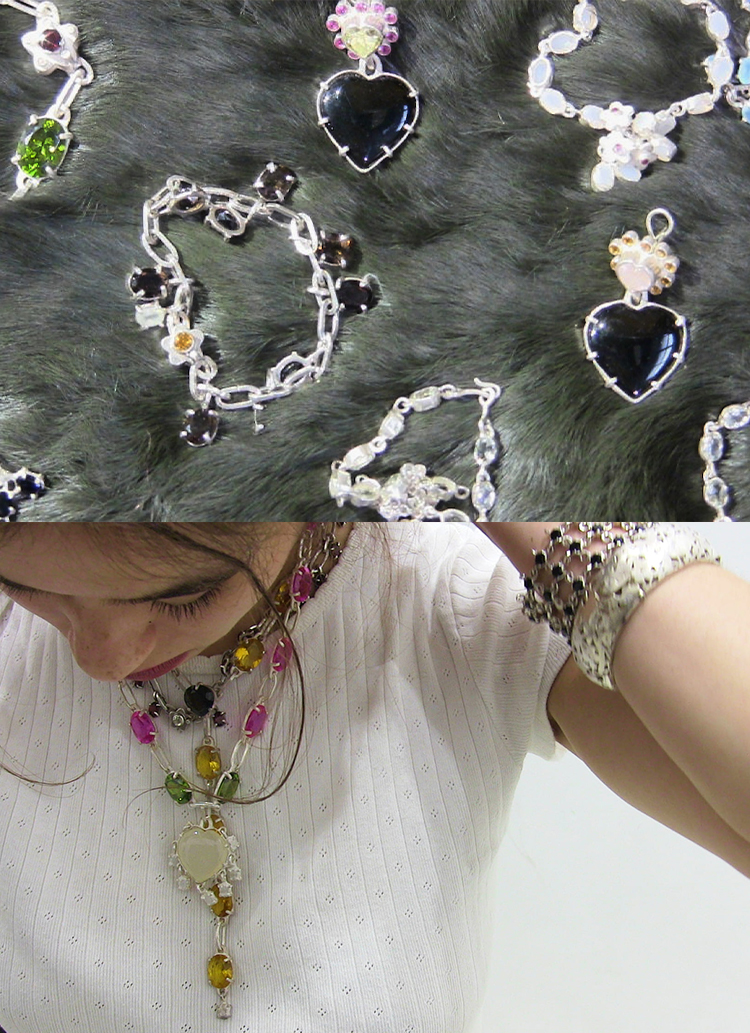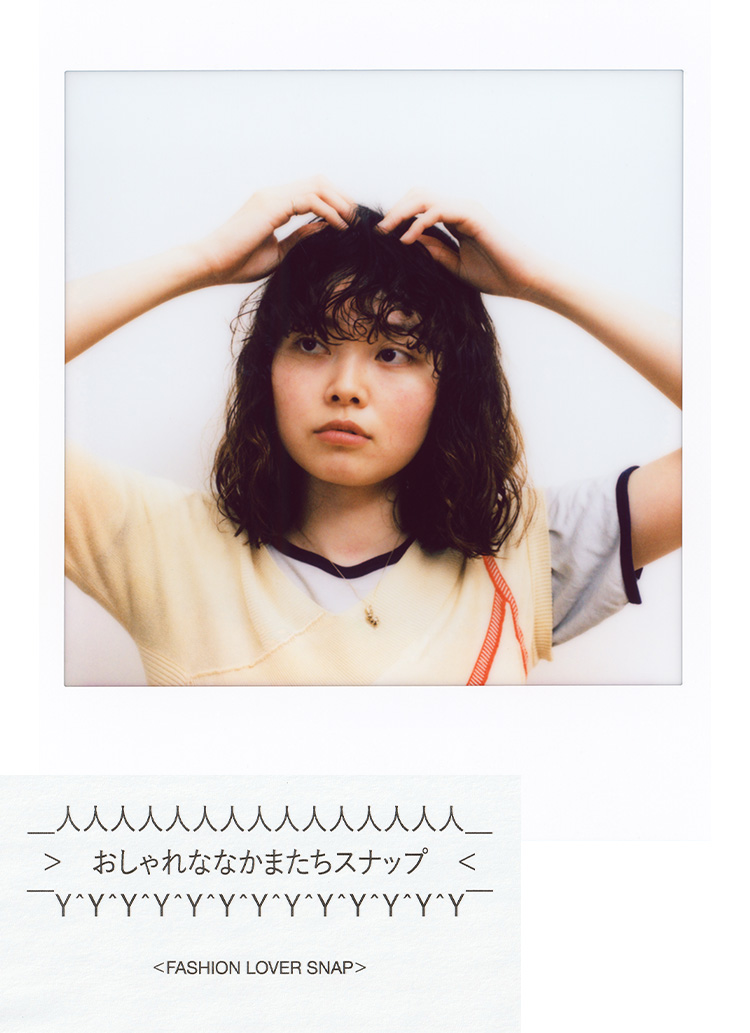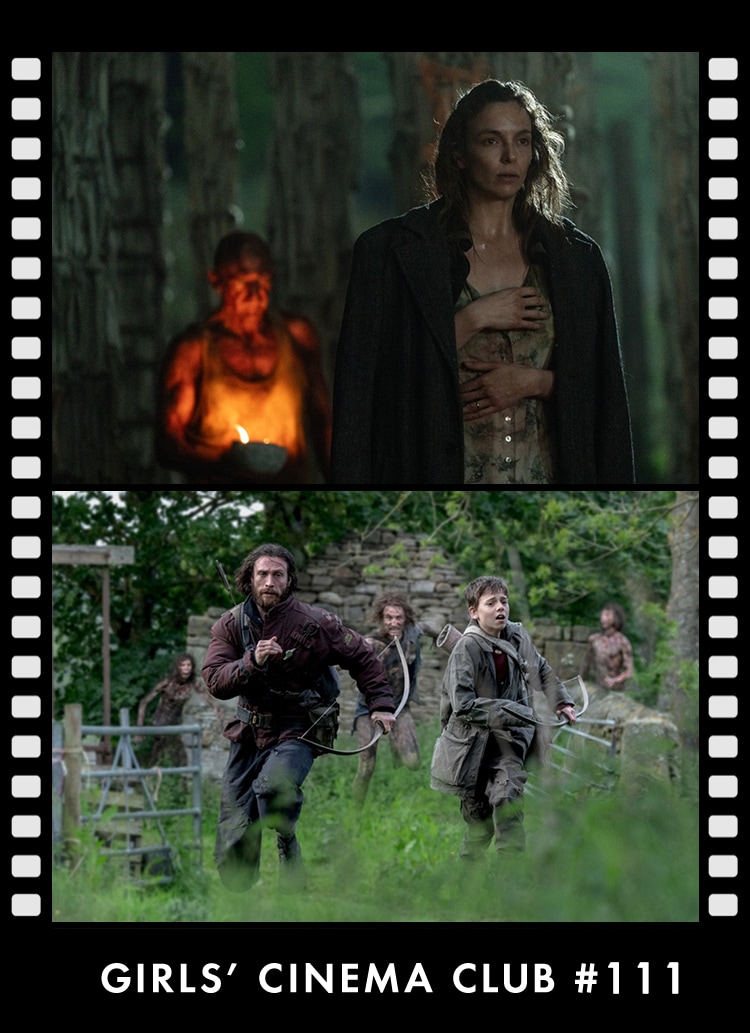THE NORTH FACE, which started in 1966 as a single ski shop, has grown into a globally recognized outdoor brand. The first major transformation in its history came in 1968 when Kenneth Hap Klopp (referred to as Hap hereafter) acquired the brand from Douglas Tompkins for $50,000.
As an investor, how does he view Goldwin's approach and the "Goldwin Play Earth Fund," with which he regularly exchanges ideas? Through two articles, we’ll explore his current investment activities and the appeal of Goldwin.
PROFILE
After serving as CEO of THE NORTH FACE for over 20 years from 1968, he founded the consulting firm "HK Consulting." In addition to his work there, he has been active in various fields, including giving lectures at universities and investing in startups. Recently, his favorite activities include skiing, walking, and hiking. He also enjoys spending time by the water, with his favorite drive being the "17 Mile Drive" along Monterey Bay.
While expanding products and stores, they stay true to the core of the brand.
To start, could you tell us about your career?
Hap: My career started when I acquired The North Face, a ski shop founded by Douglas Tompkins. At the time, it was a small store with annual sales of about $300,000, and it didn’t have its own products. However, I saw great potential in the outdoor market. From there, we worked on developing our own products, expanding the store, and rebuilding the brand based on the philosophy of "guiding people deep into nature." By fostering a connection with nature, we aimed to raise awareness about the environment and provide unforgettable outdoor experiences. At the time, this idea seemed radical, but over the years, it has resonated with many people.
Were there any brands or companies that inspired you during your time at The North Face?
Hap: After a while, Patagonia emerged with its wonderful philosophy, especially its environmental consciousness. Helly Hansen was also remarkable. However, The North Face, unlike others, embraced the philosophy of “doing good and protecting nature.” At the time, this idea was considered crazy by investors, but I wanted the company to have a positive impact on the market. Ultimately, that thought resonated with customers, and the market expanded more than I initially imagined.
What do you think are the key characteristics of a good brand?
Hap: A brand that stays true to its philosophy. Carhartt is a perfect example of this. While continuing to make authentic workwear, they’ve also carefully managed their fashion line. Helly Hansen, L.L. Bean, Filson, Red Wing, and others are also great examples. I’m also interested in newer brands like Cotopaxi and Hoka.
Hap, citing his own book Conquering THE NORTH FACE as an important work, highlights it as a piece that discusses what success truly means, using the outdoors as a context.
Investment is about sharing a positive vision for the future.
Thank you. You were the CEO of THE NORTH FACE until 1988. After that, what did you focus on?
Hap: I’ve mainly focused on three areas. First, through my company, HK Consulting, I’ve been advising on strategy, branding, and fundraising for venture businesses. Second, I’ve been teaching topics like innovation, entrepreneurship, ESG (environmental, social, governance), and circularity at universities. Third, I’ve actively invested in innovative businesses.
Why are you focusing on investments?
Hap: Many investors focus on unique technologies or large corporations, so there is a lack of investment in outdoor startups or those focused on SDGs. By supporting these companies, I can create value beyond just providing funds and guide them to success. The sense of fulfillment in this is incomparable.
Have you always been interested in these fields?
Hap: Of course. When I started The North Face, I had just completed my MBA at Stanford University. From that time, I was interested in themes like equality, sustainability, and inclusivity. I made sure to achieve equal pay for women and hired globally without bias. Since I spent a lot of time outdoors as a young person, it was natural for me to connect these values with my business.
How many companies have you invested in over the course of your career?
Hap: I don't remember the exact number, but I think it's around 35. Many of them have already been sold or moved to the next stage. For example, I was involved with a company that sold CBD-infused water, and they are now independent and very successful. I usually get involved through strategic support, and once they become self-sufficient, I step back.
When investing, what aspects of a company do you focus on?
Hap: It’s very simple. The most important thing is “people.” If I can’t empathize with the people in the company, there’s no reason to invest. The next key points are whether I can contribute to that field and whether I can be genuinely interested. ESG is always top of mind, particularly in outdoor, apparel, and textile-related ESG.
When you say "people," are you referring to the people in the company, the customers, or all stakeholders?
Hap: Good question. All of them, but mainly the people in the company. I want to know if I can trust them and share a positive vision. I would never partner with someone whose approach I fundamentally disagree with. Outside the company, I also pay attention to the psychological aspects of the market, such as how people think and what values they have. I look beyond just demographics like age or gender; I focus on psychological traits.
A photo with a researcher working at a UK-based biotech venture he has invested in.
Failures provide valuable lessons to learn from.
How do you view Goldwin as a company?
Hap: I have deep respect for Goldwin. It’s a company with values and philosophies that align with my own. Furthermore, Goldwin has done an excellent job adapting to the Japanese market while staying true to the core principles of The North Face. Designing unique products that meet local needs while maintaining the brand’s spirit is a great example to follow.
What do you think of Goldwin's "PLAY EARTH 2030" initiative, the long-term vision that Goldwin announced in 2021?
Hap: This initiative beautifully aligns with The North Face’s concept of this season “We Play Different,” and "PLAY EARTH 2030" aims not just to sell products but to provide transformative experiences in nature. It encourages the protection of the planet and gives people positive energy. From Goldwin’s progressive stance, I can sense the company’s strong commitment.
Since founding The North Face, I’ve believed in Henry David Thoreau’s words, “In wildness is the preservation of the world.” If people connect with nature, they can become guardians of the planet. In that sense, initiatives like Goldwin’s Play Earth 2030 are incredibly important. Education is important, but more than that, direct experience with nature is what truly teaches people. By experiencing it, they’ll develop a desire to protect it.
How do you view the activities of Goldwin Play Earth Fund, which focuses on "Apparel," "Future (Children)," and "Nature"?Goldwin Play Earth FundWhat is your view of the activities of "The Future of Nature"? As an investor, what is your opinion of this organization that invests in "apparel," "future (children)," and "nature"?
Hap: I keep communication with "Goldwin Play Earth Fund” in regular basis. In 2024, we made a joint investment in Solarcore®, a U.S. startup developing the world’s lightest insulation material.
People’s focus is shifting from just price and value to broader perspectives like environmental impact and social responsibility. The younger generations, like Gen Z and Gen Alpha, are deeply concerned about the future of the planet. In this context, Goldwin Play Earth Fund’s focus on children and nature is about nurturing a generation that values sustainability and long-term vision, creating a foundation to protect the planet’s health for decades to come.
What significance do you think it has for a company like Goldwin to launch a corporate venture capital (CVC) fund?
Hap: Large companies like Goldwin are always focused on efficiency, but innovation is inherently chaotic. It’s hard for structured corporations to foster innovation. However, by using CVC, they can invest in innovation without impacting their core business. There is a risk of failure, but valuable lessons can be learned from failure. These efforts stimulate new ideas and can ultimately benefit the parent company. However, it’s important that these innovations are not solely driven by the parent company’s needs. Sometimes, unexpected opportunities can arise in unforeseen places.
You mentioned that "you can learn valuable lessons from failure." How have you dealt with your own failures and turned them into success?
Hap: My experiences in the early days of Silicon Valley shaped my current mindset. I came to see failure not as something to avoid but as an opportunity to learn. Failure gives you a chance to reflect and improve.
Another key philosophy I hold is Jeff Bezos’ "Two Pizza Rule." It’s the idea of keeping teams small and agile. Start small, take calculated risks, and be ready to pivot. With this mindset, you can set big goals without fear. Failure isn’t the end; it’s the next step forward.
Hap is wearing an insulation jacket from THE NORTH FACE, designed by Goldwin. The model, called the "Aglow Doublewall Jacket," was developed with extreme conditions in mind, such as alpine climbing.
Text_Keisuke Kimura


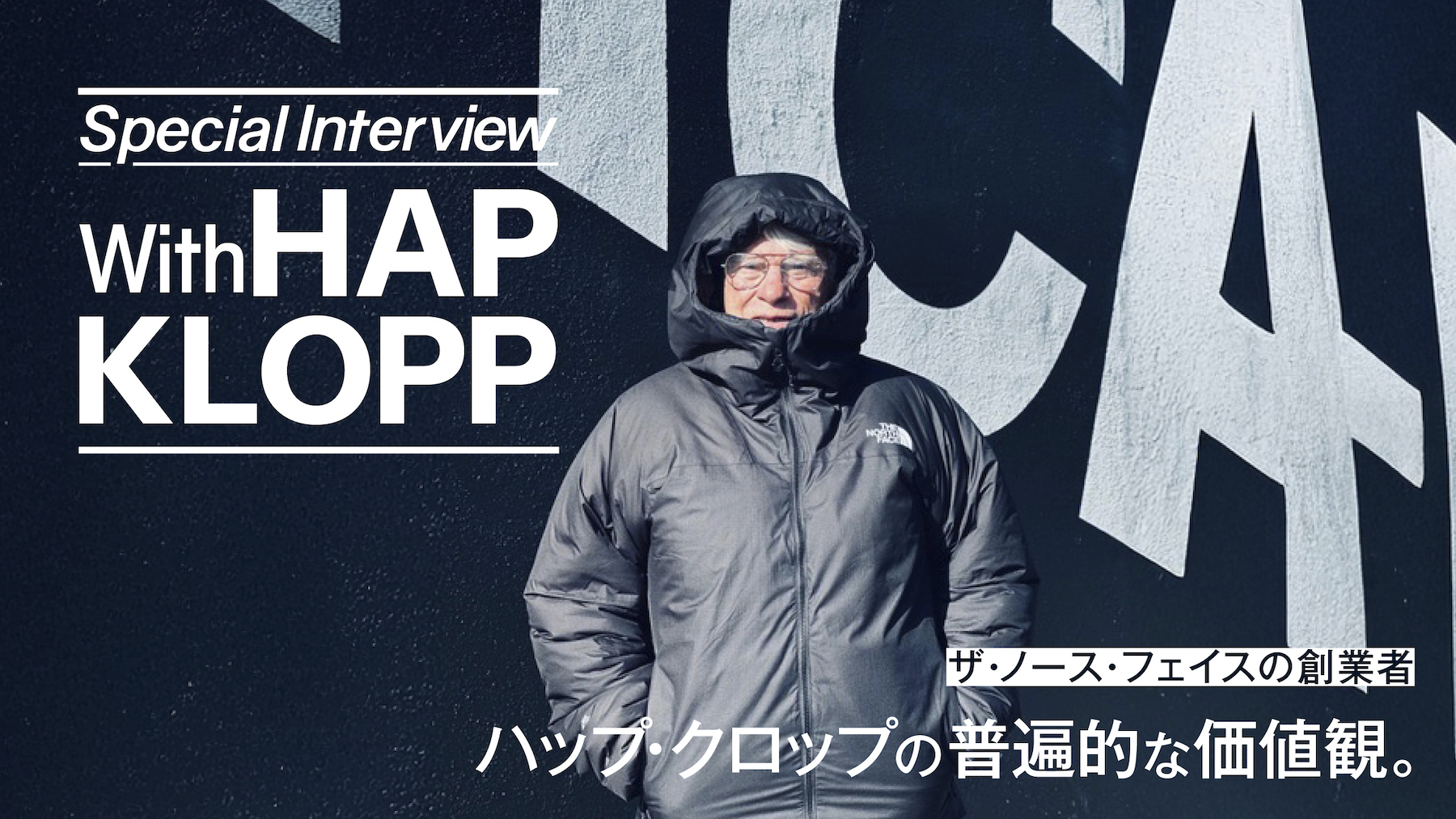


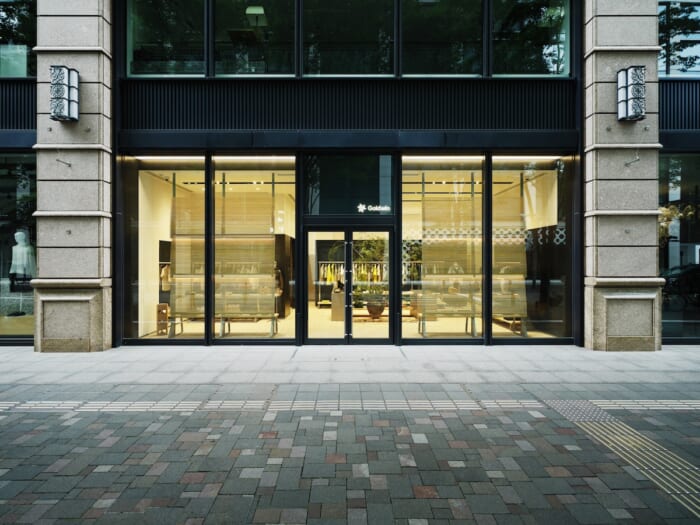
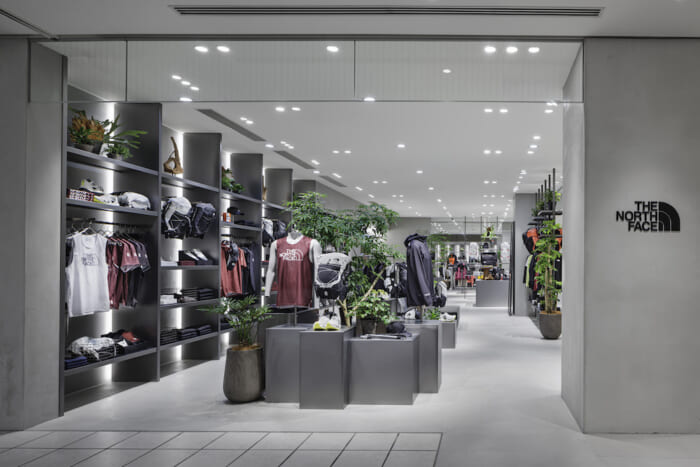
![【FOCUS IT.] Goldwyn's new "koto" project in Toyama. Goldwyn's new project in Toyama, "Play Earth Park Naturing Forest," is now in full view!](https://www.houyhnhnm.jp/wp-content/uploads/2025/05/1200-675px-700x394.jpg)
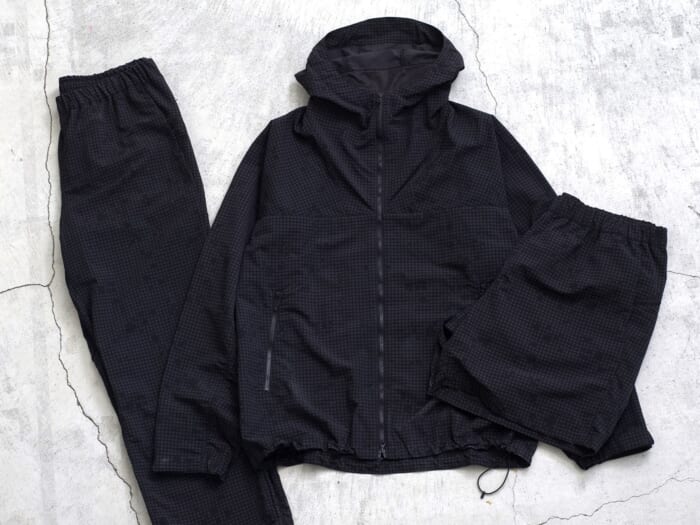
![The Road to the 【 Setoda Lemon Marathon] Vol. 3 Five choices of running gear for the event, selected by The North Face.](https://www.houyhnhnm.jp/wp-content/uploads/2025/01/3420-700x525.jpg)
![The Road to the 【 Setoda Lemon Marathon] Vol. 2 A group run in preparation for the event was held with the help of Goldwyn! We asked three guests about their respective thoughts on running the race.](https://www.houyhnhnm.jp/wp-content/uploads/2025/01/77d81a37a1872716769e1a0eefab2957-1-700x467.jpg)

